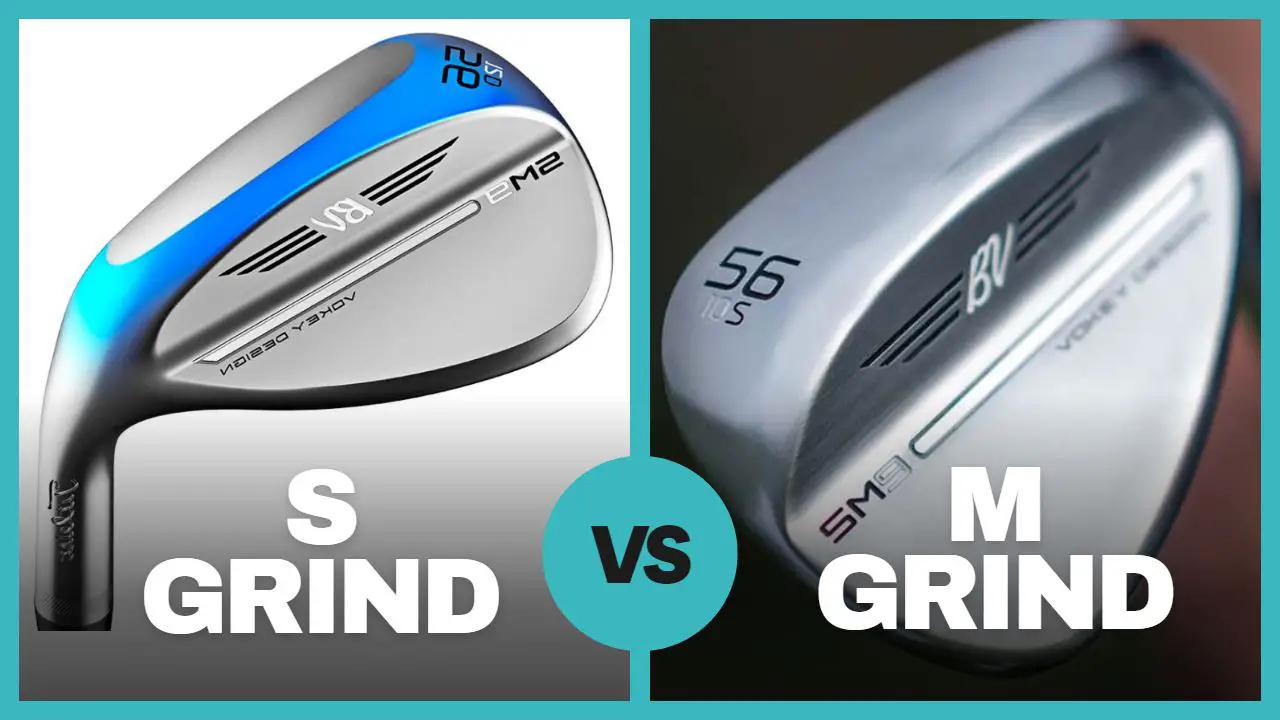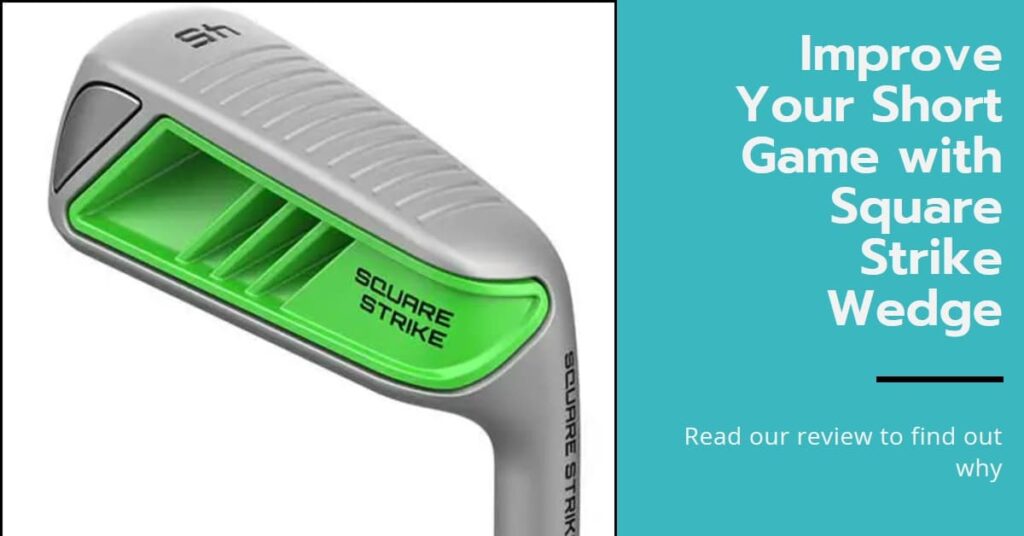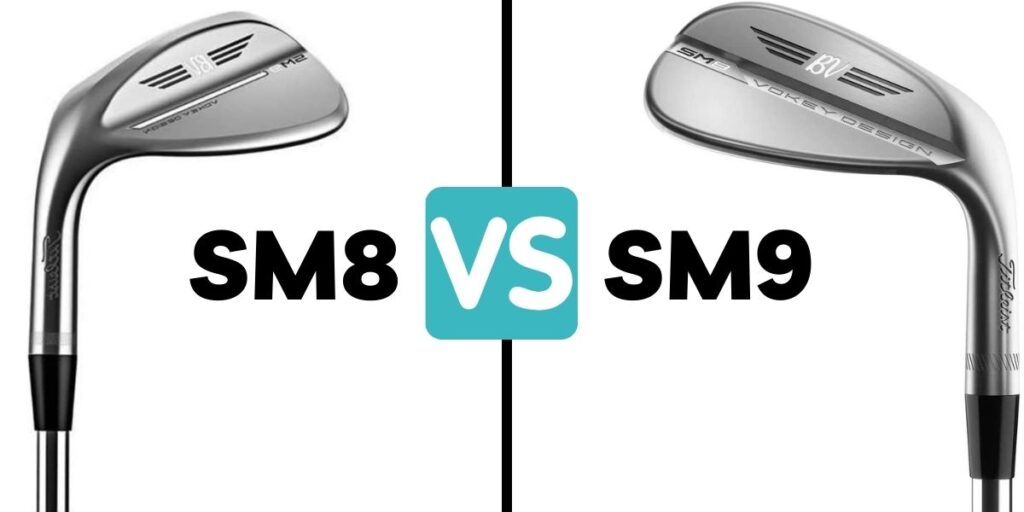There are several golf wedges, but this article focuses on the most popular grind wedges: the S Grind and M Grind golf wedges. These wedge components ensure improved contact with the turf and ensure ball spin performance is also improved.
We have prepared this article comparing the S Grind vs M Grind golf wedges, their features, pros and cons, and recommendations.
S Grind vs M Grind Differences Explained
The main difference between the S grind and the M grind is that the S Grind has more heel relief and bounce options. With the M Grind, the relief is concentrated in the heel and toe but with less bounce.
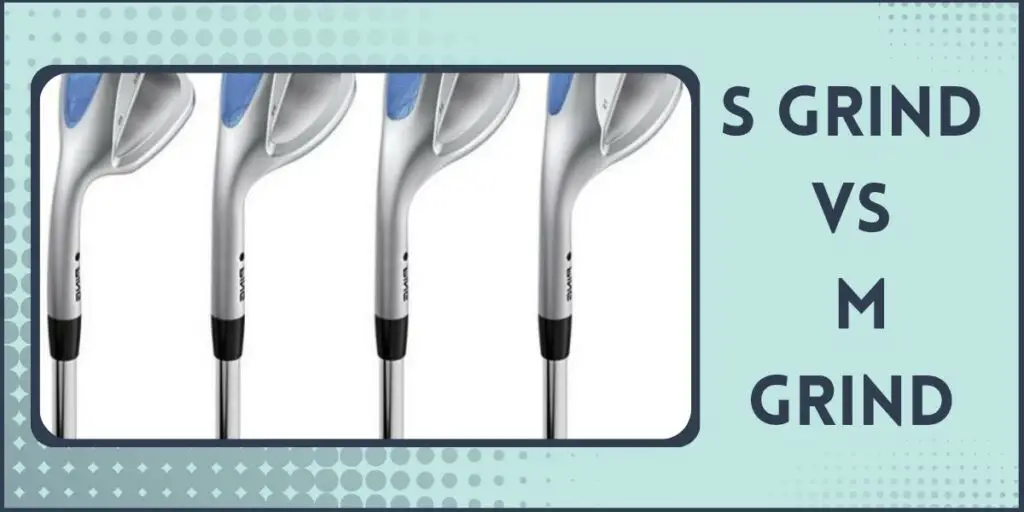
S Grind: For the S-Grind type, it offers an indifferent bounce option, primarily focused on players who like hitting shots with a square face.
Plus, it offers a medium bounce with a nearly 10-degree cut. Additionally, the grind is great for square shots and full-face shots.
M Grind: Heel, toe, and edge relief are provided for m grind wedges. It also comes with medium bounce and is very good for shallow angles, even on sand. It usually comes with an 8-degree bounce option. This grind is generally suitable for a wide range of medium to hard conditions.
The S Grind also provides neutral turf conditions for players who take the divot with a wedge and offers more forgiveness. The M Grind is the most all-around playable and is ideal for the most experienced golfers and changing turf conditions.
Check out the new Vokey wedges SM8 vs SM9 differences.
S Grind vs M Grind Vokey Wedges Comparison Table
This table compares the S Grind vs M Grind Vokey Wedges:
| S Grind | M Grind |
|---|---|
| Best for: Neutral to firm conditions | Best for: Medium to firm |
| Attack Suitability: Shallow Angle | Attack Suitability: Steep Angle |
| Bounce Type: Medium | Bounce Type: Medium |
| Degree of Bounce: 8 | Degree of Bounce: 10 |
| Sole Type: Heel | Sole Type: Heel and toe |
S Grind Vokey Wedge: Features
These are the top features of the S Grind Vokey Wedges:
1. Bounce options: this feature is essential to note. The S Grind wedge offers 10 degrees of bounce. This entails that it tends to be very forgiving and can be used by beginners.
2. Shallow Sole Type: the S grind Vokey wedge has a shallow sole type, allowing the club to swing freely and providing enough room.
3. Conditions: the S Grind wedge can be used in any condition, mostly from neutral to firm conditions.
M Grind Vokey Wedge: Features
These are the top features of the M Grind Vokey Wedges:
1. Bounce options: the bounce feature of the M Grind wedge is important, and it has its bounce at 8 degrees. This is less forgiving than the S Grind and cannot be used for beginners in the game.
2. Steep Sole Type: the M Grind Vokey wedge offers a steel-type sole. In this case, both the toe and heel are ground, giving more room for the players with the M Grind wedge.
3. Conditions: like the S Grind, the M Grind can also be used for different conditions but mostly medium to firm conditions.
If you are a 15 handicapper and want to improve your game, check out Best Irons for 15 Handicap.
S Grind Wedge Explained
The S Grind is a full sole wedge that reduces the bounce slightly by grinding material from the trailing edge. The S Grind is aimed at players who like square face position shots and have an attack that ranges from neutral to steep conditions. It is best suited for medium to soft ground conditions.
M Grind Wedge Explained
The M Grind is for you if you love versatility. You can cover the face, open it, or hit it square. It is best from the bunker too. Works well on courses with average or firm turf conditions. The M Grind sole allows the face of the wedge to open up without lifting the leading edge off the ground.
When to Use the S Grind vs M Grind Wedges?

The S grind has a neutral bounce option and is perfect for standard shots around the green, where you play square face without much face manipulation. It is ideal to be used on a firm to medium turf but can also be used in softer conditions.
The M Grind has a medium bounce wedge that reduces heel, toe, and trailing edges. A textbook all-purpose grind is perfect for shallow attack angles and hard sand conditions.
Pros and Cons of S Grind and M Grind
This article focuses on the pros and cons of the S Grind and M Grind wedges:
S Grind Wedges: Pros and Cons
- It provides great playability to players.
- It offers ease of getting under the ball.
- Players who have a mid to low-level handicap can also use it.
- Novices cannot use this wedge.
M Grind Wedges: Pros and Cons
- It provides great playability to players.
- It offers ease of getting under the ball.
- Players who have a mid to low-level handicap can also use it.
- Novices cannot use this wedge.
How to Determine Which Grind Is the Best for You
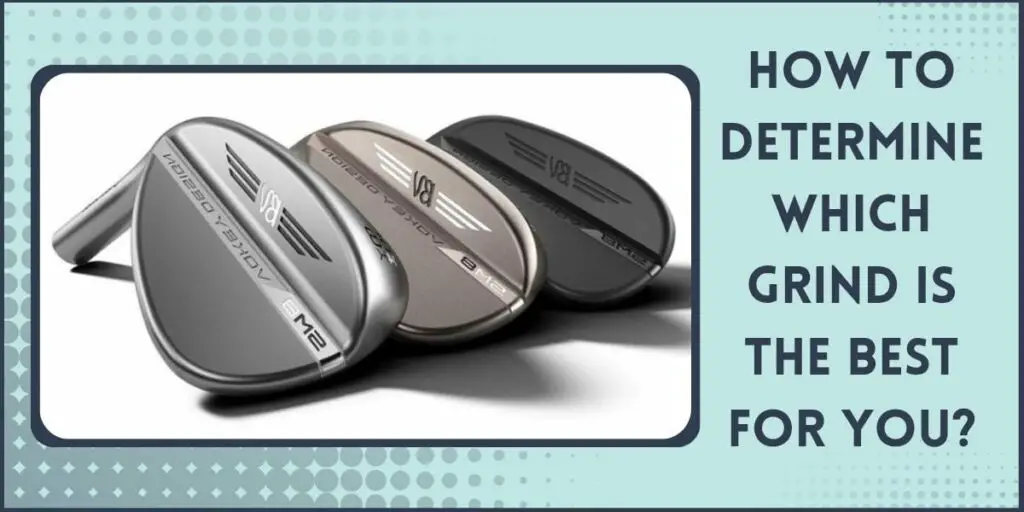
To determine which grind is best for you, you have to consider a couple of options/points:
- Your level of experience/skill; if you are a beginner in the game or if you’re a professional.
- The type of conditions you like to play in.
- The angle you like to play on, whether steep or shallow.
- The perfect wedge to be used for people with a little handicap.
If you are not a professional and want to try out some unusual wedges, check out this article on Illegal Golf Wedges.
Conclusion
Different types of wedges are suitable for players of different skill levels. The S grind is very suitable for beginners, but the M grind is not easy to be used by beginners to play. It is necessary to consider your skill set level, the condition you like to play in, and the angle before choosing between S Grind vs M Grind.
It is also necessary to remember that you can use the S Grind wedge in softer conditions and the M Grind wedge in hard sand conditions.
